Italian character
A symbol of conviviality, taste and Italian character, pasta is the main dish of the Mediterranean diet and one of the most popular dishes in the world. Since 1998, it has been celebrated with a day entirely dedicated to the promotion and dissemination of its extraordinary characteristics as a healthy and tasty product.

















